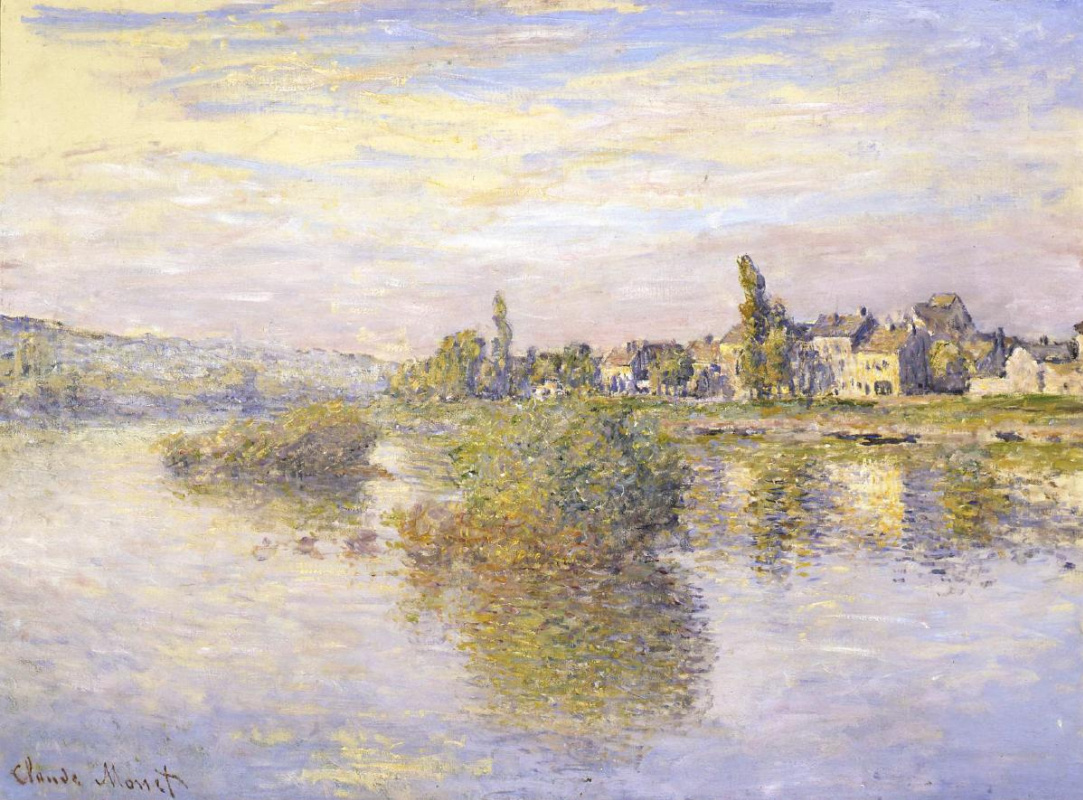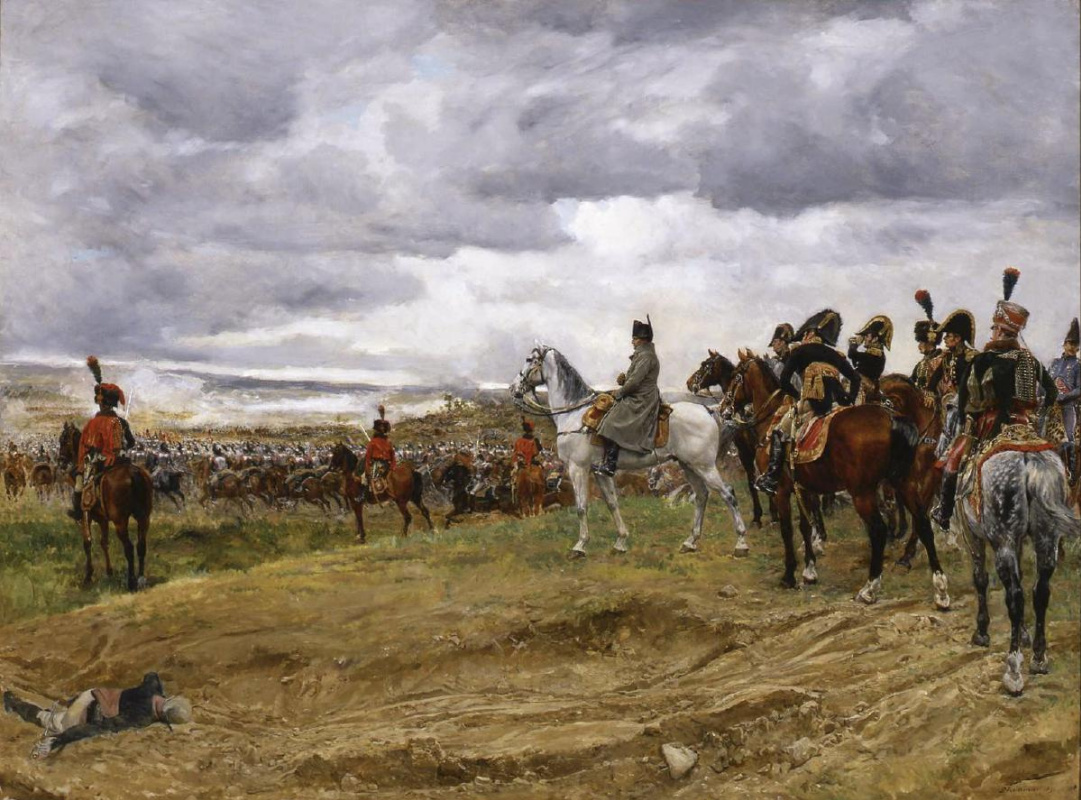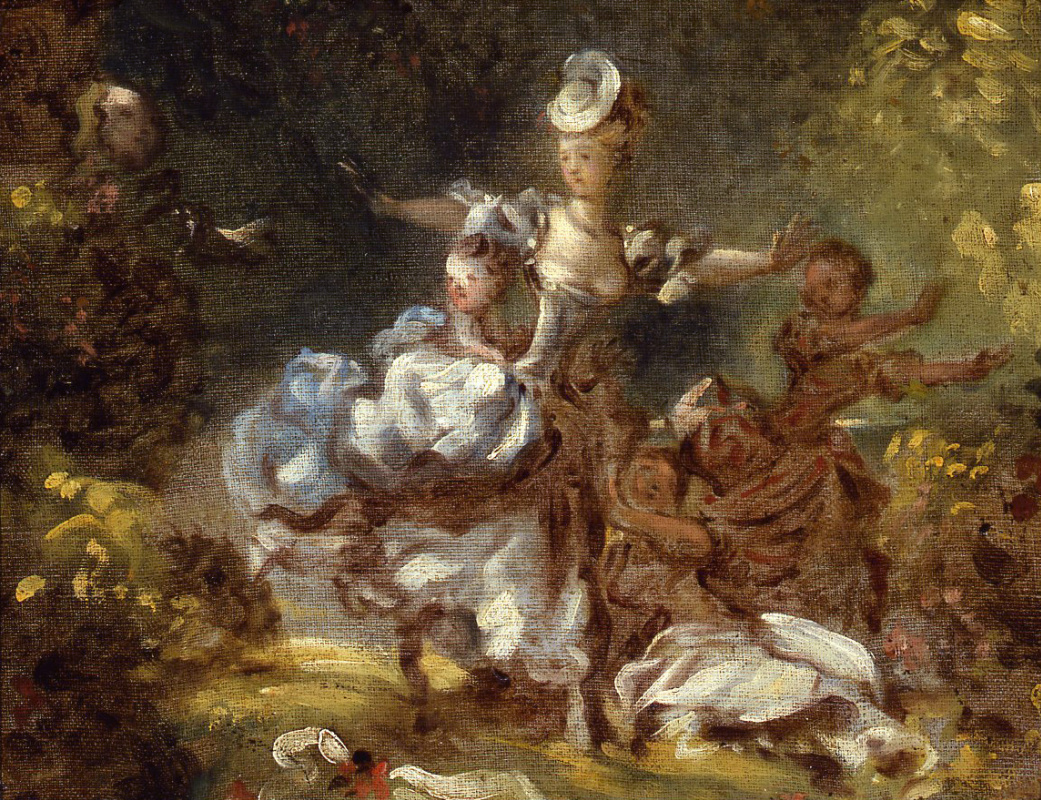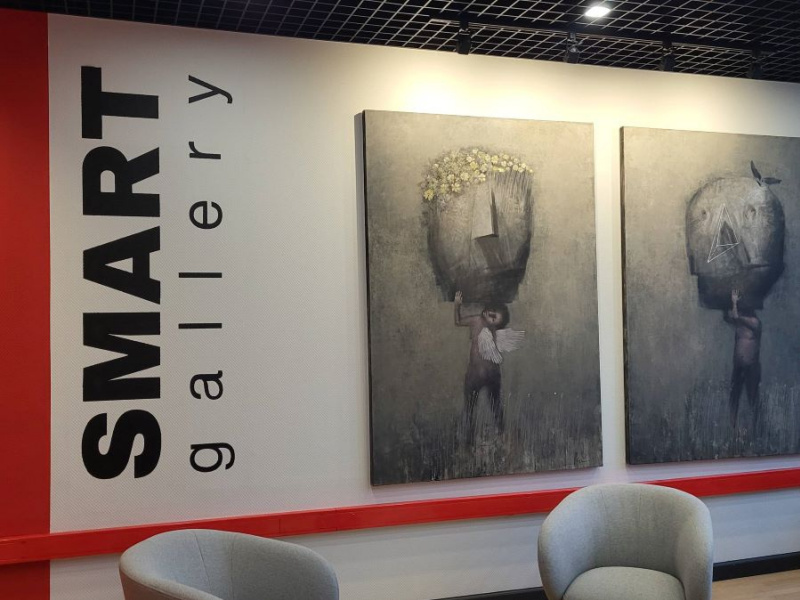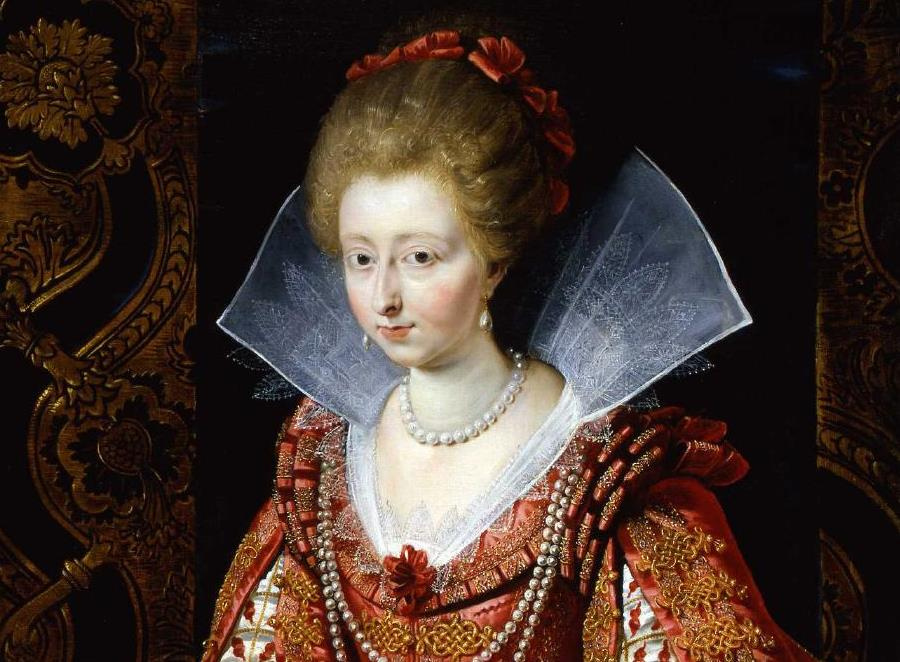
The exhibition starts with the first art acquisitions made by Henry Clay Frick when he was a bachelor. Before his marriage (and for the first months after his marriage) the entrepreneur lived in downtown Pittsburgh at the fashionable Monongahela House.
To furnish his rooms, he bought paintings and decorative objects: an elaborate rococo revival clock and candelabra set purchased through Tiffany’s, an ebonized cabinet, and a landscape by local artist George Hetzel.
To the left: George Hetzel Landscape with River (1880)
Frick had met his future wife, Adelaide Howard Childs (1859−1931) in February 1881. She was the sixth daughter of the wealthy Pittsburgh manufacturer and importer of shoes and boots. When they moved into Clayton, Henry Clay Frick and his wife furnished it as many young couples do—most of the stuff were new, fashionable and of the period. For young couples during America’s Gilded Age like the Fricks, art collecting was not simply a way to demonstrate their taste and create a suitable environment. The right objects skillfully gathered gave their owners a sense of history and pedigree. Collecting was a personal addiction and an indicator of status, discernment and good taste.
To the left: Peter Paul Rubens Portrait of Charlotte-Marguerite de Montmorency, Princess of Condé. (ca.1610) Frick Art Museum
It was Helen Clay Frick who continued her father’s collection and decided to restore Clayton as a house museum. The Frick Art Museum, which was opened to the public in 1970, was built primarily for the collection she gathered, rather than the one she inherited. Helen even had the family cars and carriages brought back to Pittsburgh from the family’s Massachusetts summer estate, carefully preserved.
The main halls of the Frick Art Museum, which last year celebrated its 45 anniversary, devoted to Helen’s collection—early Italian Renaissance paintings and eighteenth-century French fine and decorative art. Since heiress’s death in 1984, the collection has continued to develop through generous donations and valuable acquisitions that match the tastes of the founders.
To the left: Theobald Chartran. Portrait of Helen Clay Frick, 1905. Clayton






